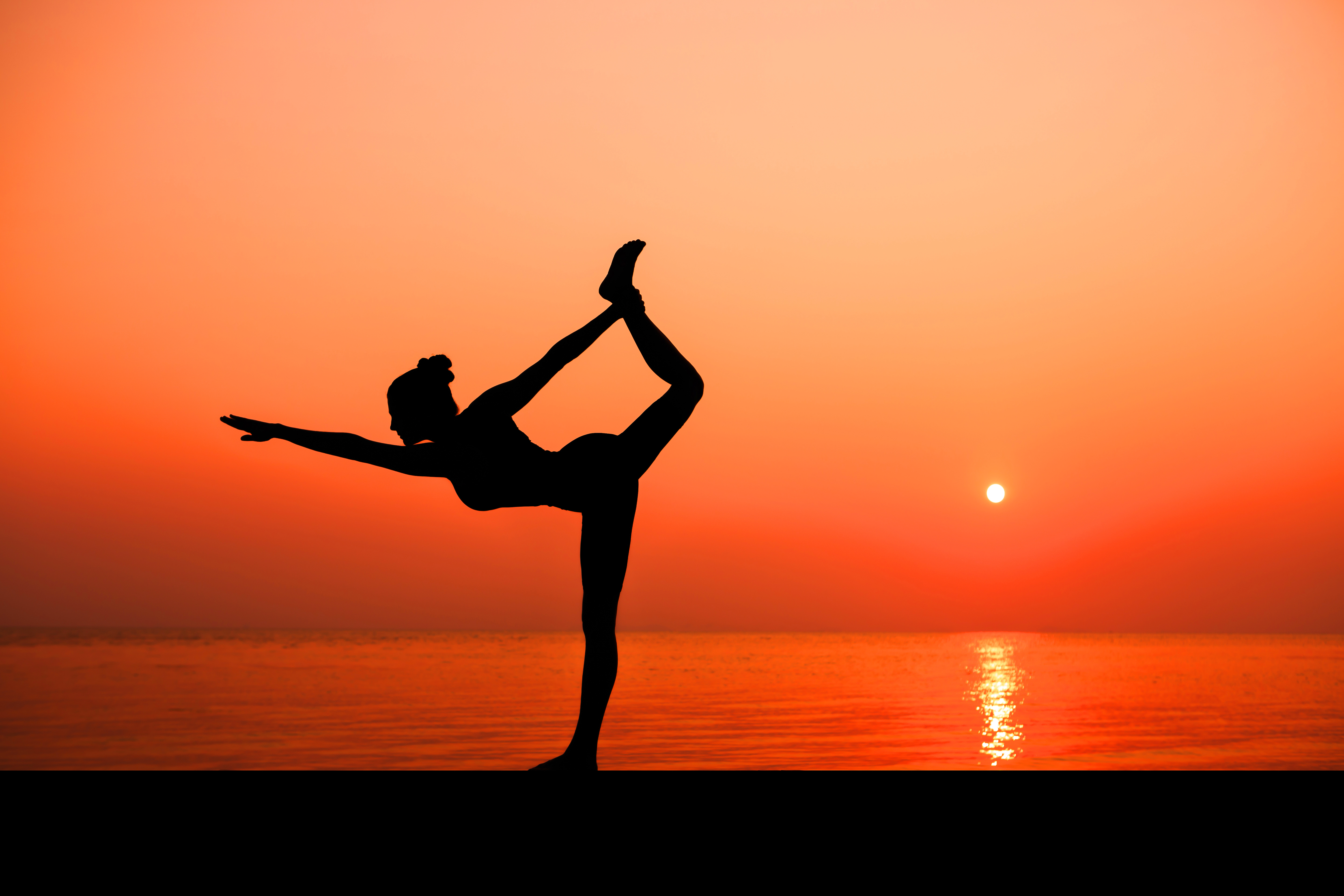Allow Your Breath to Take You Deeper
When you start experiencing your breath viscerally, it is easier to move deeper into the asana and experience स्थिरम् sthiram and सुखम् sukham in the posture, as mentioned in the Yoga Sutras.
Allow Your Breath to Take you Deeper
At some point or the other in our respective yoga practices, we all have felt restricted in forward bending पश्चिमोत्तान asanas or arching पूर्वोत्तान asanas or inversion विपरीत asanas or rotating परिवृत्ति asanas by our…let’s say… adipose “tissue” – to put it euphemistically.
When you focus on your breathing - and I do not mean the air as you imagine it just before it enters your nostrils, because that’s not within your space, I mean the process happening in the body, the sensations in the body caused by the flow of air (the coolness, warmth, movement as felt on/in the body, etc) , the movement of organs/muscles etc that you actually feel in your body - then it takes you deeper into the asana.
The diaphragm moves down to create space to draw air in and moves up to push air out of the body. There is some intelligence beyond logic that knows when to start this movement of the diaphragm at the time of birth and when to stop the movement, at the moment of death. But between the two events, this is the process.
In modern times, we think in logical terms of “we breathe in air, it goes into the lungs, and from there it is taken by the blood into various parts of the body, then the air rich in CO2 is exchanged back into the lungs and expelled through the exhalation”. Yes, tangibly and technically, that is the process. Yet, each time I sit for my asana or pranayama, there is also something deeper that I experience.
When I do my forward bends, or back arches or rotations or inversions etc., there is one part of the body that is contracting and another part that is expanding. The self-limiting thoughts in my western-educated mind cause me to feel restricted in my breath. “If I bend forward, I cannot take a full breath” – of course, because I am restricting my thoracic space, “If I rotate, it hurts to breathe fully” – of course, because my body is in a twist, “If I arch, I cannot exhale fully” – of course, because the thoracic area is expanded fully, etc!! Very logical, right?
Yet, as I breathe, if I simply follow the movement of ‘something’ that I feel in my abdomen, I can actually feel it drop as I inhale and rise as I exhale, as the space in the abdomen shifts around to allow for this movement. This drop and rise is somehow never restricted by asana. And it is not just a simple drop or rise anymore either - it is as if the asana guides the ‘space’ into the area that can allow for that expansion – in fact, that is exactly the function of that asana. To direct the ‘prana’ (I can no longer call it the breath because we are not talking of lungs and air here anymore) into specific parts of the body.
When the mind is able to let go of the idea of a fixed space, then the fluidity or mobility of the space enhances the forward bends, supports the back arches, and deepens the rotations, etc. When the lungs and breath are not restricted, when you start experiencing your breath viscerally, it is easier to move deeper into the asana and experience स्थिरम् sthiram and सुखम् sukham in the posture, as mentioned in the Yoga Sutras. In that state, you are able to go beyond the body and connect with that space or the शून्य or the prana or whatever else you want to call it, that moves with the asana and brings in healing. The function of the asanas is therefore, to move that space or that शून्य around - to bring stillness to various parts of the body, that are plagued everyday by the vrittis of my hyperactive mind, which constantly tries to apply logic to things that cannot be explained logically.




